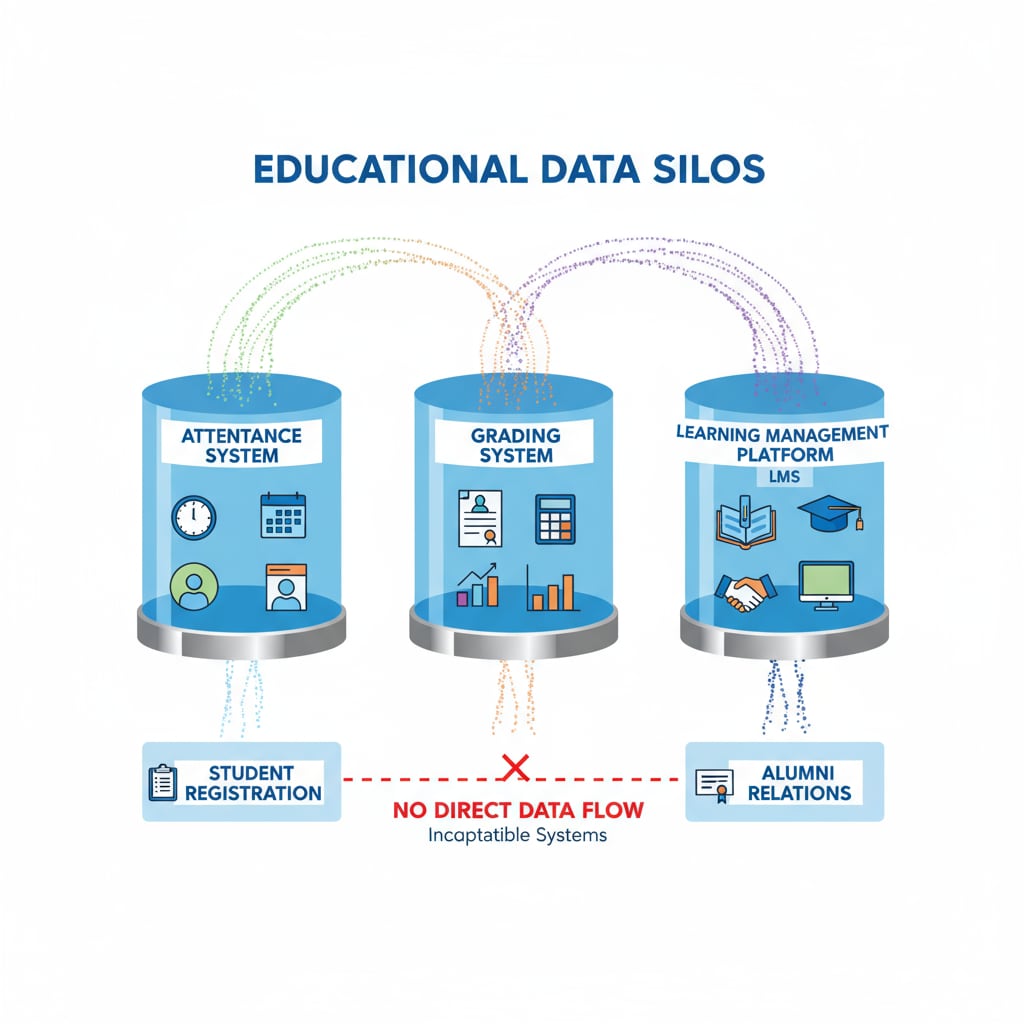In the realm of K12 education, AI learning centers are emerging as a game-changer, seamlessly integrating data from various platforms and significantly enhancing teacher efficiency. The current K12 education landscape is fraught with challenges, chief among them being the fragmentation of data and the overwhelming burden on teachers. These issues not only hinder the delivery of personalized education but also limit the ability to accurately gauge student progress.

The Problem of Data Silos in K12 Education
Data in K12 education is often stored in isolated silos across different platforms. For example, one system might handle student attendance, while another focuses on academic performance. This lack of integration means that teachers have to juggle multiple sources of information, wasting precious time and effort. According to EdSurge, this disjointed data approach makes it difficult to gain a holistic view of a student’s learning journey. As a result, educators struggle to make informed decisions tailored to each student’s needs.

The Role of AI Learning Centers in Data Integration
AI learning centers are designed to bridge these data gaps. They use advanced algorithms to gather, analyze, and synthesize data from diverse platforms. By doing so, they create a unified database that provides a comprehensive picture of student performance. For instance, an AI learning center can combine data on a student’s classroom participation, assignment completion, and test scores. This integrated data allows teachers to identify trends and patterns that might otherwise go unnoticed. As per ISTE, AI in education can transform how we understand and support student learning.
Readability guidance: Each section clearly presents the problem and solution. The use of external links adds credibility. Transition words like ‘for example’ and ‘as a result’ help with flow. Short paragraphs and images make the content more accessible.


